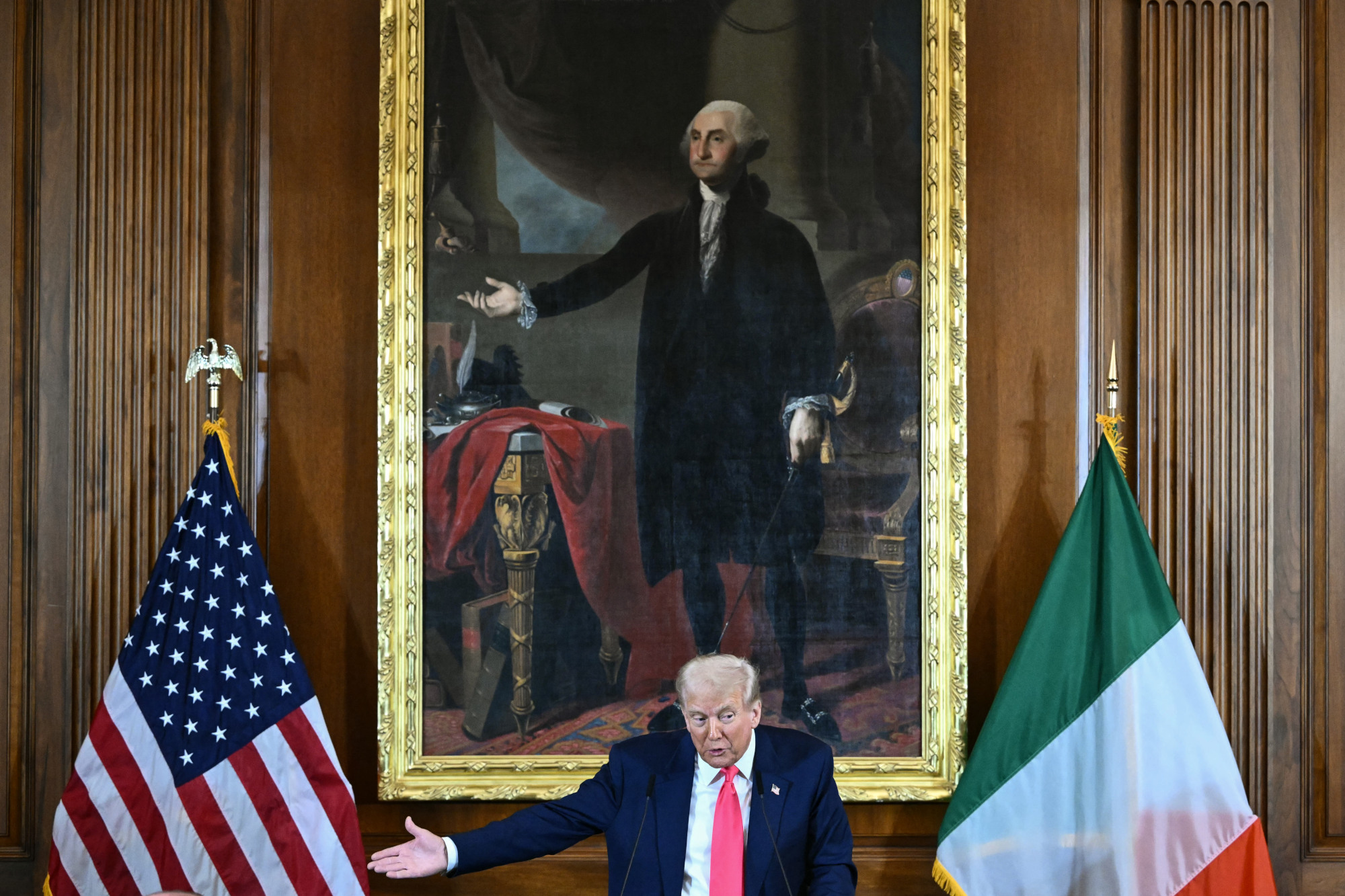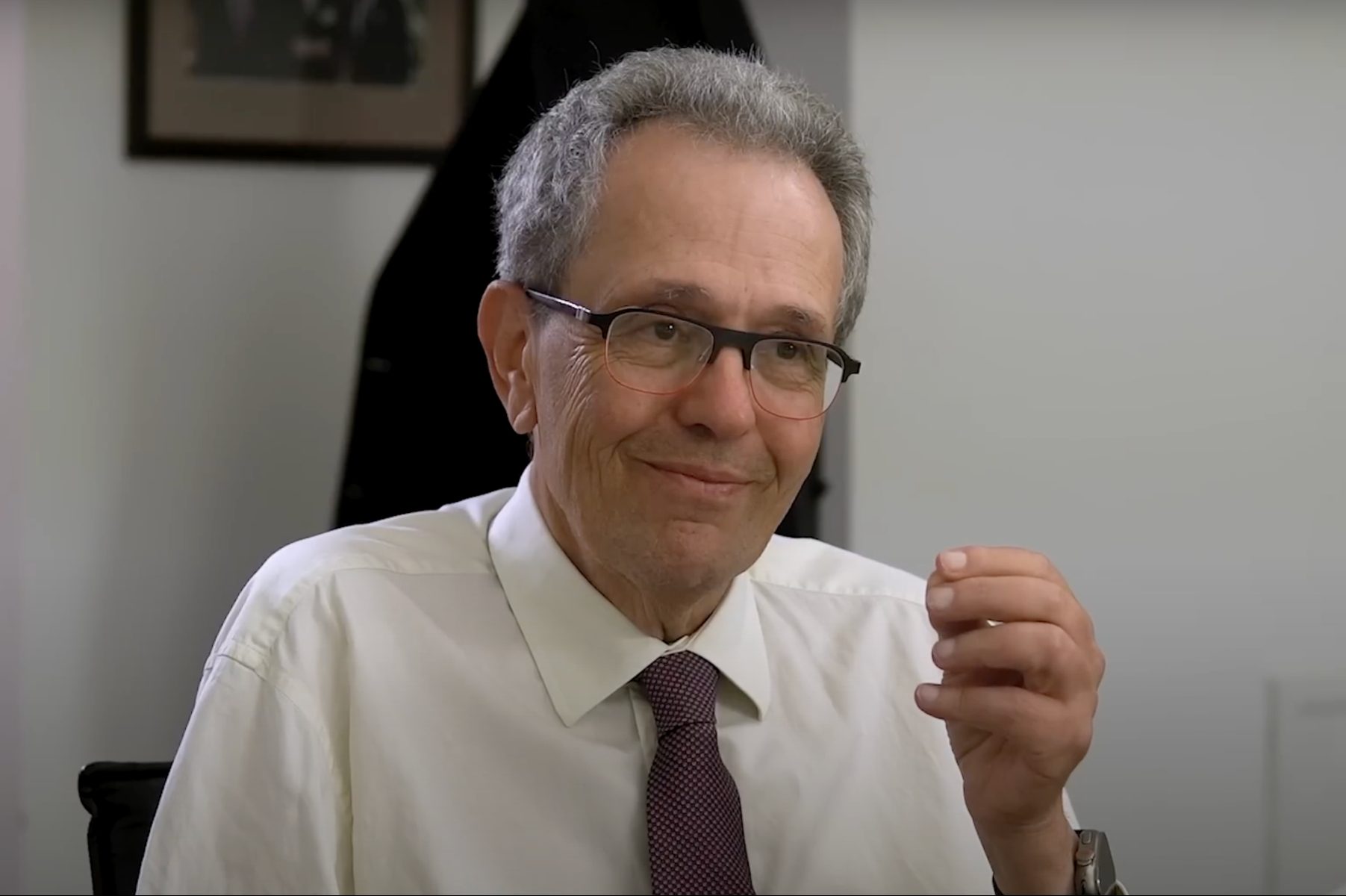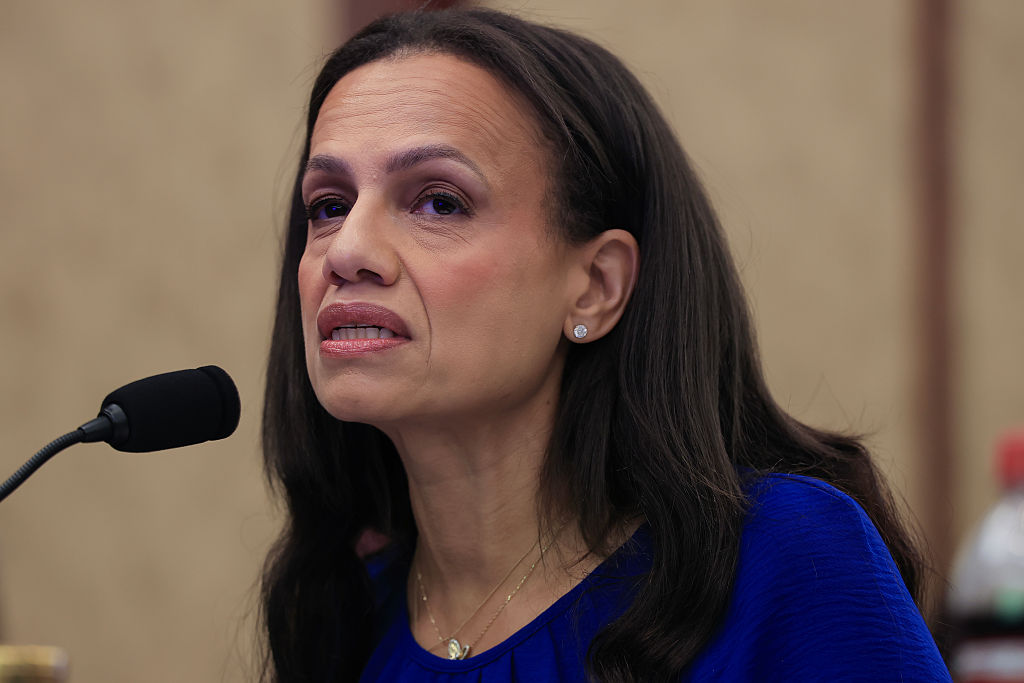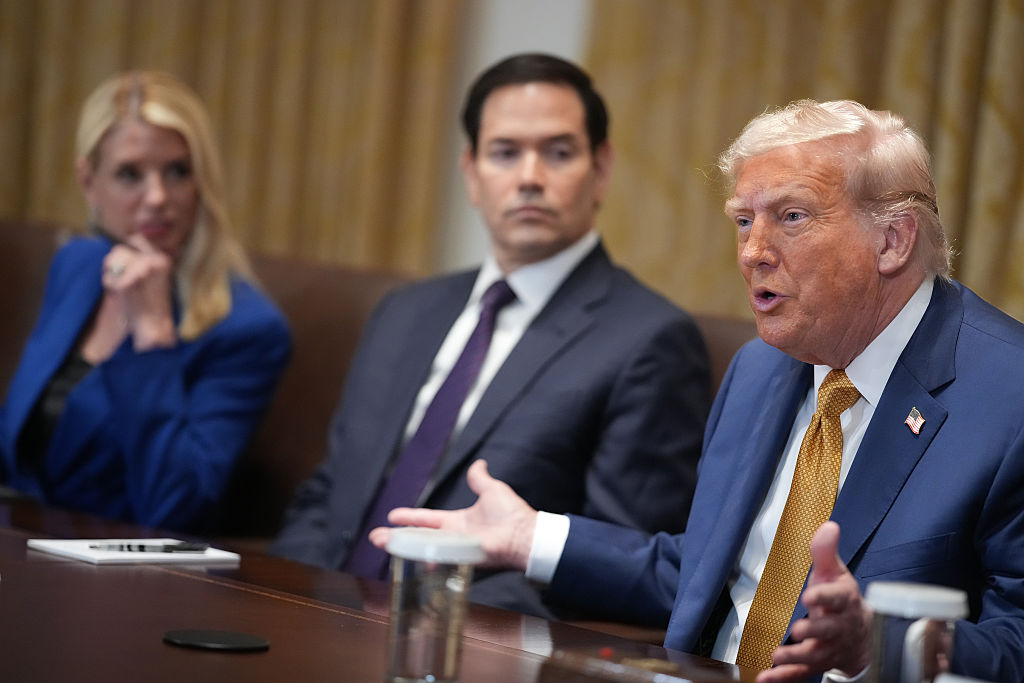If Osama bin Laden was the showman with the AK-47 slung over his shoulder, his deputy, Ayman al-Zawahiri, was the bespectacled man in the corner who looked more like an academic than a holy warrior. Zawahiri’s demeanor, however, didn’t make him any less of a threat so far as the US intelligence community was concerned.
The Egyptian and 9/11 plotter, who took over al-Qaeda in 2011 after US special forces killed Bin Laden, had a $25 million reward on his head for information leading to his death or capture. That money will now be disbursed. Zawahiri’s reign as al-Qaeda’s ideological brain met a violent end last weekend when a US drone killed him while he was standing on his balcony in Kabul.
President Biden, who hasn’t had much to celebrate this year, was finally given a few hours of relief. “The United States continues to demonstrate our resolve and our capacity to defend the American people against those who seek to do us harm,” Biden told the nation on Monday evening. “We made it clear again tonight that no matter how long it takes…the United States will find you and take you out.”
As one might expect, the operation against Zawahiri was a closely guarded secret within the national security apparatus. Only a select few knew about the plan. According to a senior Biden administration official, the United States picked up the first hint of Zawahiri’s whereabouts in April, when intel placed him at a house in downtown Kabul. The intelligence community tracked the house for months, trying to identify a pattern of life for Zawahiri and his family members who were holed up with him.
The structure of the house was studied intensely to determine whether it could withstand the impact of a strike without causing unnecessary civilian casualties. A mock-up of the house was even shown to Biden. Given the highly publicized embarrassment that took place nearly a year ago, when a US drone strike killed an Afghan aid worker (and his family) who was misidentified as an Islamic State operative, Biden wanted to do everything possible to prevent civilian deaths. Fortunately, not a single soul was killed other than the target.
While it’s true that Zawahiri was just one individual on the jihadist roster, he was the very essence of a terrorist VIP. He began his jihadist career at age 15 trying to overthrow the Egyptian government. After the assassination of Egyptian President Anwar Sadat in 1981, Zawahiri was scooped up by the Egyptian security services and thrown into prison for three years. His time behind bars involved considerable torture, which only reinforced his belief that the secular dictatorships of the Middle East needed to be brought down and replaced with an Islamic state. Zawahiri harbored that ambition for the rest of his life.
Zawahiri’s death is notable because he was the world’s most wanted jihadist. But drone killings of Islamic terrorists have become so routine that they seem barely worth mentioning anymore. Zawahiri is hardly the first senior-level terrorist killed this year — and he may not be the last. In February, US special operations forces descended upon ISIS leader Abu Ibrahim al-Hashimi al-Qurayshi’s house in northwestern Syria after months of meticulous planning, whereupon Qurayshi did the rest, blowing himself up. In June, a US drone strike killed Abu Hamzah al-Yemeni, a senior leader of an al-Qaeda-linked group in the same area. In July, another drone strike wiped out Maher al-Agal, the leader of ISIS in Syria. The US has spent two decades honing its craft; it’s now a highly proficient terrorist killing machine.
There is still much to be learned about the Zawahiri operation, some of which we may never know. How was Zawahiri able to operate in downtown Kabul for so long? Did the Taliban know of his whereabouts? The assumption is, yes, the Taliban government did know and may have even protected him. Secretary of State Antony Blinken said as much, accusing the Taliban of hosting al-Qaeda’s top leader and thereby “grossly” violating the terms of the Doha accord. There was already significant doubt about the Taliban’s sincerity in disassociating itself from al-Qaeda; the presence of the world’s most infamous terrorist inside Afghan borders won’t exactly help the Taliban’s case.
All we can say for sure is that United States maintains the reach, capacity, and intelligence networks in Afghanistan to continue defending the country. If the successful strike against Zawahiri tells us anything, it’s that those who believed the US would lose the ability to conduct targeted counterterrorism operations after the troop withdrawal were wrong. It turns out America doesn’t need occupations in the trillions of dollars to find and finish the bad guys.

























